Hoàng thành Thăng Long
( Imperial Citadel of Thăng Long )
The Imperial Citadel of Thăng Long (Vietnamese: Hoàng thành Thăng Long; chữ Hán: 皇城昇龍) is a complex of historic buildings associated with the history of Vietnam located in the centre of Hanoi, Vietnam. Its construction began in 1010 and was completed in early 1011 under the reign of Emperor Lý Thái Tổ of the Lý dynasty.
During the early and middle Tang dynasty, modern Vietnam was administered as the Annan protectorate (Vietnamese: An Nam đô hộ phủ), with the seat of power located in Tong Binh (the area of modern Hanoi). In 866, after recapturing the protectorate from Nanzhao forces, Tang dynasty general Gao Pian re-established the protectorate as the Jinghaijun ordered the construction of the Đại La Citadel, which would later become the Imperial Citadel of Thăng Long.[1]
The fall of the Tang dynasty brought about a period of turbulent independence in Vietnam called the Anarchy of the 12 Warlords, which ended after the creation of the Đại Việt monarchy. During Song dynasty, the Đại La Citadel served as an important military site for its use in defenses against Northern invasions and internal conflicts, though it would not be re-established as the center of power in An Nam until the Lý dynasty's rise to power in the early 11th century.
Lý–Trần period (11th–14th centuries)The Vietnamese royal enclosure was first built in 1010, during the Lý dynasty, and subsequently expanded by subsequent dynasties. It remained the seat of the Vietnamese court until 1810, when the Nguyễn dynasty chose to move the capital to Huế. The ruins of the older citadel structures roughly coincide with the present-day Hanoi Citadel area in the Ba Đình District of the city.
When the large complex was first built, Thang Long Citadel was built according to a plan of three sectors arranged in rings, similar to the modern layout. The outermost sector is the primary defensive fortification of the citadel (called La thành or Kinh thành), the middle sector is the Imperial City (Vietnamese: Hoàng thành), between these two layers is a residential area, the innermost sector is the Forbidden City (or "Purple Forbidden City", from the Vietnamese Tử cấm thành; a term identical to the Forbidden City in Beijing). In 1029, Lý Thái Tông rebuilt the entire Forbidden City after it was destroyed by the Three Kings Rebellion. Later Lý rulers and rulers from dynasties would make additions and renovations to the complex.
The material remains of the original structure are limited to the foundations of the complex (mostly made from terracotta), an extensive drainage system, and various royal architectural decorations.[2] The drainage and foundation systems are indicative of the site's large-scale urban design. Associated with the common view of the Lý dynasty as a Vietnamese "golden age"[3] the archeological remains have deep significance to the national history of Vietnam.
Lê–Mạc period (15th–18th centuries)Following a successful revolution against Ming dynasty occupation, Lê Lợi established the took the reign name Lê Thái Tổ and established Lê dynasty in 1428, with the capital still in Thăng Long under the new name of Đông Kinh. The rule of Đông Kinh under the Lê dynasty was very similar to the rule of Thăng Long under the Lý dynasty, with the change of name being largely symbolic. Lê Thái Tổ ordered repairs to the citadel after damage left by war with the Ming army.
Rulers during the Mạc dynasty, controlled Đông Kinh from 1527 until 1592. In 1585 a period of construction began under the Mạc Mậu Hợp. In 1592, the citadel was seized by armies from the Revival Lê dynasty and re-established as the dynasty's capital city, undergoing more repairs in 1599 and serving as a symbolic seat of power and administrative heartland for the Trịnh lords.[1]
Nguyễn period (18th–19th centuries)When the Nguyễn dynasty took control in 1802, after a period of war and Qing dynasty influence, the capital of Đại Việt was moved to Huế. A new Imperial Citadel, which followed the same three-sector plan as the Imperial Citadel at Thăng Long, was constructed there. Much of what was left of the Imperial Citadel of Thăng Long after the destructive war at the end of the 18th century was taken to serve the construction of the new citadel.
 Map of Hanoi with the discernible quadrilateral outline of the Imperial City (1873)
Map of Hanoi with the discernible quadrilateral outline of the Imperial City (1873)In 1805, Gia Long enacted an extensive reconstruction of the old Imperial Citadel which truncated the complex and reconstructed the outer wall in the French the Vauban style. In 1831, during his administrative reform Minh Mang changed the name of Thăng Long to Hanoi province. This name existed until 1888 when the Nguyễn dynasty officially ceded Hanoi to the French, after which it would become the administrative capital of French Indochina Federation.
French colonial–revolutionary periods (19th–20th centuries)When it was controlled by the French as the capital of Indochina (1885–1954), the Citadel of Hanoi was largely demolished to make the land for offices and barracks. Except for the North Gate and the Flag Tower, what remains of Hanoi citadel to this day is only an archaeological site and restored. Systematic restoration and excavation began in the 21st century.[3] In mid-1945 the Citadel was used by the Imperial Japanese Army to imprison over 4000 French colonial soldiers captured during the Japanese coup d'état in French Indochina in March 1945.[4]: 19–20
During the Vietnam War, the Imperial Citadel was used as an administrative capital and headquarters for the North Vietnamese Ministry of Defense and Army. During and after the revolution, several French structures were destroyed or re-appropriated, including what is now the Vietnam Military History Museum (formerly a French military headquarters).[2] Between 1998 and 2000, minor renovations were made to the site so that it would be more accessible and safe for visitors.[2] Major archeological discoveries were made as part of a construction project in 2002–2004. In 2004, the Ministry of Defense moved from the Central Sector of the site so that the relics could be more completely conserved by the Hanoi People's Committee Department of Culture and Information.
In 2009, the Citadel was inscribed as a Special Relic of National significance (Special National Site), making it the first site listed under that category.[5] The Central Sector of the Imperial Citadel was listed in UNESCO's World Heritage Site on July 31, 2010, at its session in Brazil, as "The Central Sector of the Imperial Citadel of Thăng Long – Hanoi".[6][7] The site has undergone several modifications as part of a larger ongoing plan for restoration.[8] Some of these renovations and their efficacy have become controversial.[9]


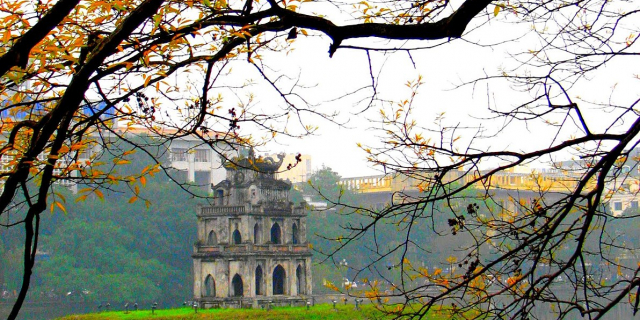

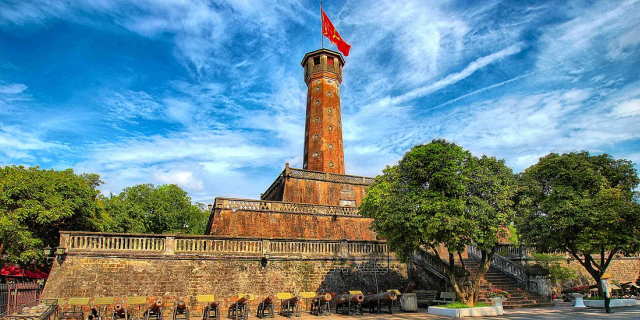



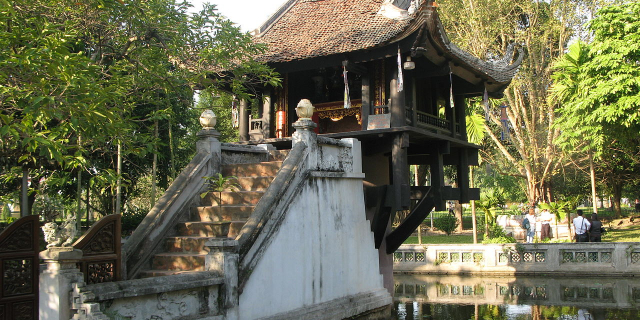





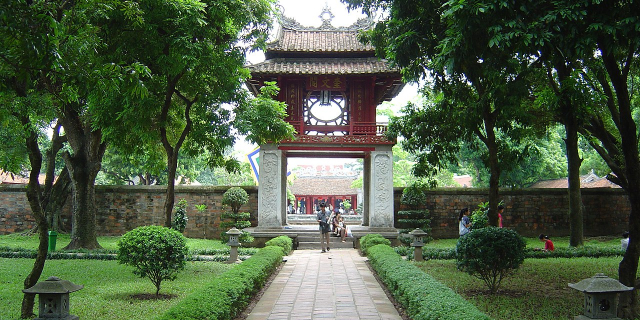
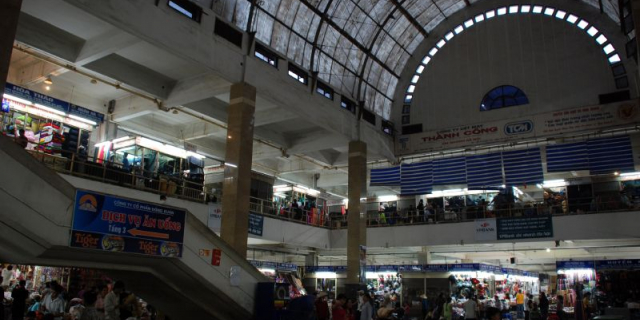



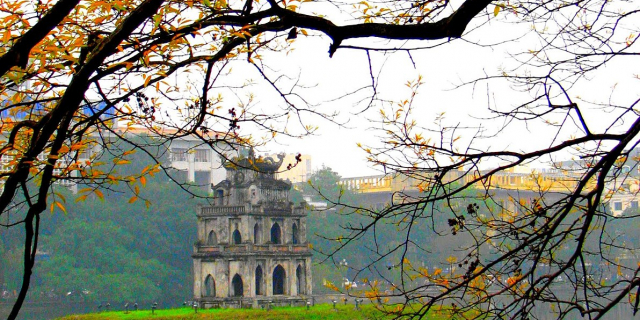




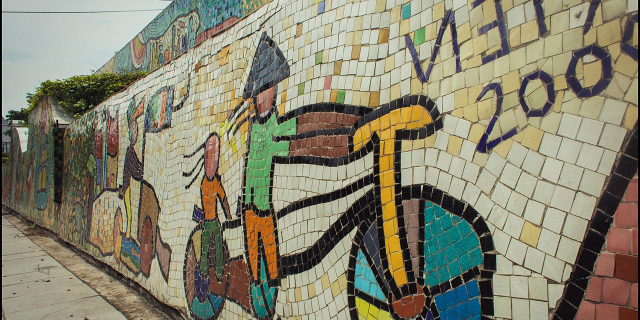

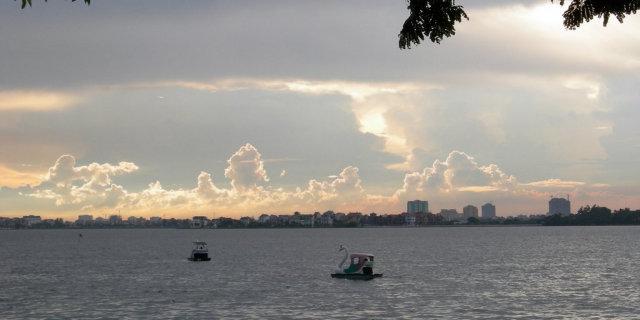
![[Tycho] - CC BY-SA 3.0](/sites/default/files/styles/640x320/public/pla/images/2020-12/1280px-H%C3%B2a_B%C3%ACnh_Province%2C_Kim_B%C3%B4i_District.jpg?h=19cfe918&itok=VDjAzlTZ)

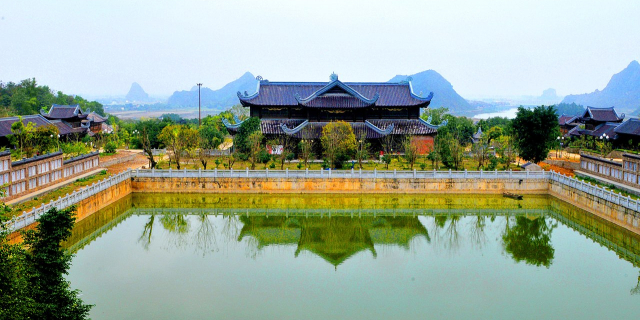

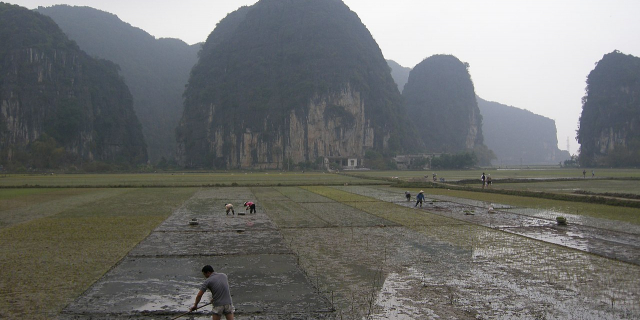

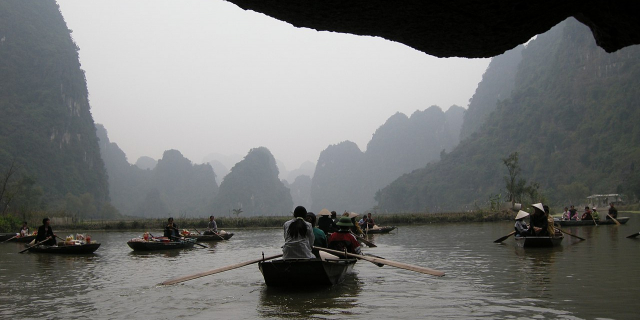

Add new comment